Lee Krasner: Part Two
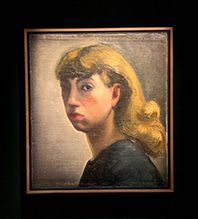
Yesterday we started looking at the remarkable works of Lee Krasner (1908-1984), the American Abstract Expressionist who was born Lena Krassner in Brooklyn, New York, 1908. Growing up, she liked to be called Lenore, and later shortened the nickname to Lee, while also removing the second "s" from her last name.
Krasner's parents were Russian-Jewish immigrants who fled to the United States to escape anti-Semitism and the Russo-Japanese War. 1
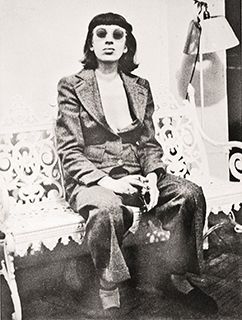
In the mid 1930s The New Deal program was instituted by the US government under President Franklin Roosevelt to revitalize the American economy in the midst of the Great Depression. Its goal was to introduce art and culture to a general public and foster a new awareness and appreciation for the arts among them. Part of the program put artists unemployed in the fine arts, theater, and music back to work creating for the public (this was the Public Works of Art Project, succeeded by the Work Progress Administration). 3
This program marks the first major patronage of the visual arts by the US government.
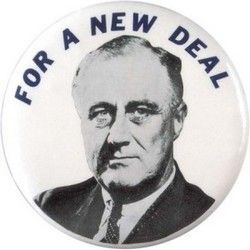
These programs helped foster the early careers of artists like Mark Rothko, Jackson Pollock, Willem de Kooning, Lee Krasner, Arshile Gorky, Philip Guston, Thomas Hart Benton, Charles White, and Stuart Davis by commissioning them to produce accessible art, often posters or murals depicting scenes of American life, for government buildings across the country. 3
As part of the New Deal program, some artists were employed to illustrate books. Lee Krasner drew pictures for marine biology textbooks. Unfortunately I couldn't find any of her illustrations but I imagine they would be superb given her drawing ability.
In 1933 Franklin Roosevelt launched the Public Works of Art Project (PWAP), a scheme that would employ more than 3,700 artists to decorate public buildings as part of his New deal programme to counter widespread poverty and unemployment. 5
Krasner was approached to oversee the design and execution of twenty department-store window displays in Manhattan and Brooklyn, advertising war training courses that were being made available to the public in municipal colleges 5
As part of the Krasner Exhibition at the Barbican Gallery photographs were projected onto the walls on the scale of the window displays in order to give the audience an impression of the scale of this important body of lost work.
(Paraphrased from the Barbican Gallery Guide)
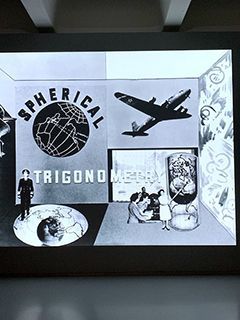
Her response was a graphic mixture of photography, collage and typography that owed much to the modernist experiments of Alexander Rodchenko and the constructivists of the early Soviet period (during the Cold War, the FBI,suspecting she was a spy, opened files on “Mrs Jackson Pollock” and “Lee Pollock”). 2
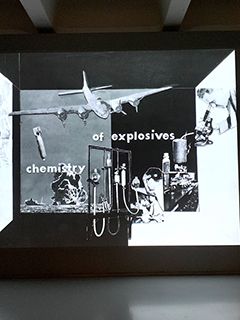
Leading the commission, Krasner was asked to oversee a team of male artists ('misfits", as she called them), which included William Baziotes and Jackson Pollock. She attended a number of classes as part of her research for the project, including one on the chemistry of explosives, which she described as 'an alchemist's dream'. 5
Here are some more of the photographs I saw at the exhibition which sadly have lost the impact they had in the Barbican Gallery. Nevertheless they are very interesting.
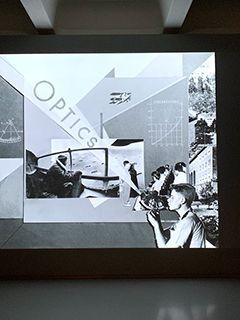
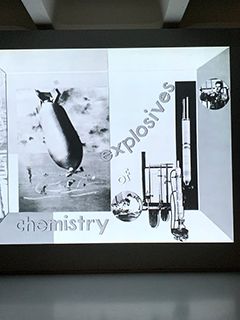
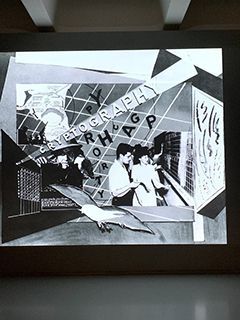
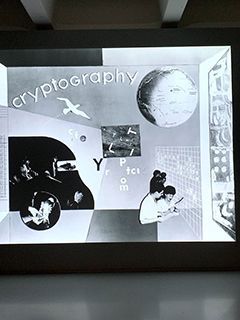
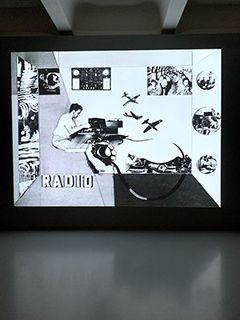
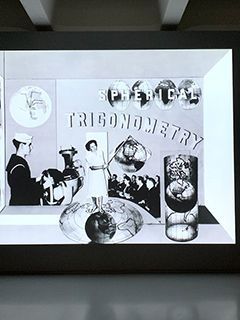
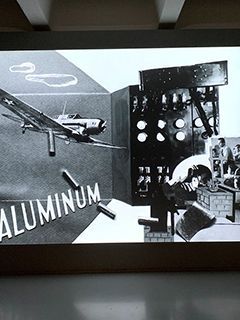
Tomorrow we will celebrate Earth Day and reflect on our beautiful little planet and the I will conclude our review of the works of Lee Krasner by appreciating some of her abstract works which made her famous.
Credits
1. biography.com
2. newstatesman.com
3. artsy.net
4. aboutfranklindroosevelt.com
5. Barbican Gallery Guide
